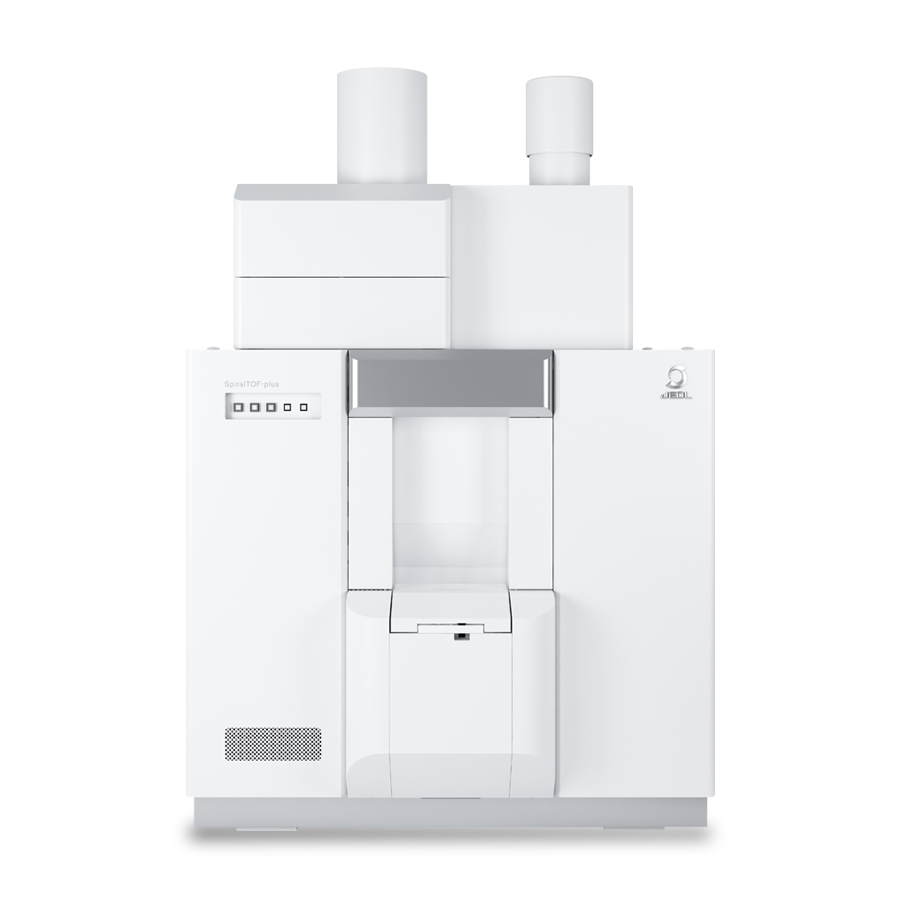Matrix Assisted Laser Desorption/Ionization Time-of-Flight Mass Spectrometer (MALDI-TOFMS)
What is the MALDI?
Matrix Assisted Laser Desorption/Ionization (MALDI) is one of the most common soft ionizations in ionization methods in mass spectrometry. The sample is mixed with an ionization assist agent, literally called a "matrix," and then irradiated with a UV laser (wavelength around 350 nm) for desorption/ionization.
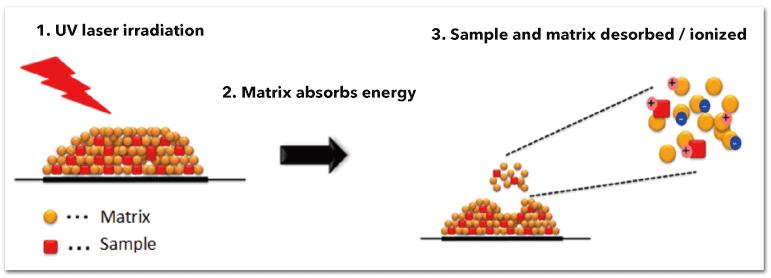
The matrix solution and sample solution are mixed, and about 0.5 to 1 uL of the mixture is dropped onto a stainless-steel plate and dried to form a co-crystal. The UV light is absorbed by the matrix and converted into heat, which desorbs and ionizes the sample molecules. By selecting the appropriate matrix for the sample, it is possible to detect the ions with molecular weights ranging from several hundred to several hundred thousand, mainly with singly-charged ions.
MALDI-TOFMS
The MALDI is known to be compatible with the time-of-flight mass spectrometer (TOFMS). When ions are made to fly in a vacuum for a certain distance, the time of flight (t) is proportionate to the square root of the ion mass. The basic principle of TOFMS is separating the ions by their masses because ions of smaller mass would reach the detector earlier than those of larger mass. Furthermore, the longer the flight distance, the better the mass separation, which means, the higher the mass resolving power.

The JMS-S3000 "SpiralTOF™" series is adopting the high resolving power SpiralTOF. Attaching Linear TOF option and TOF-TOF option allows for switching the measurement mode suitable for the purpose.
SpiralTOF mode:
SpiralTOF mode has a long flight distance (17m) in a compact space. As it makes the ions fly while focusing them, it realizes both high mass resolving power/mass accuracy as well as high sensitivity. As the high resolving power of the TOMFS, it can provide high mass resolving power/high mass accuracy in a wider mass range than a typical reflectron type. This can be utilized for accurate mass measurement of molecular weight less than ten thousand, responding to a wide variety of analyses.LinearTOF mode:
This is a linear type ion optics. It is the simplest ion optics that can measure high molecular weight samples. It is mainly used for the analyses of proteins and high molecular weight polymers.TOF-TOF mode:
Tandem time-of-flight mass spectrometer with SpiralTOF for the first TOFMS and reflectron type TOFMS for the second TOFMS. Structural analysis is possible from the informative cleavage patterns based on the high energy collision-induced dissociation.
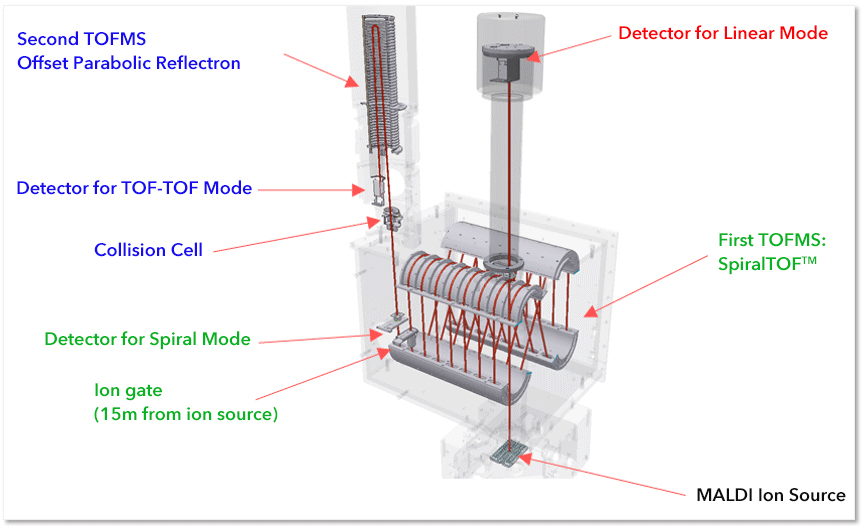
Application Range of MALDI-TOFMS
A wide range of organic compounds can be analyzed by selecting the matrix appropriate for the sample.
Polymer・Material・Chemistry
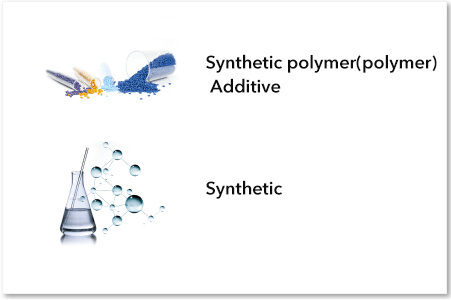
Life Science
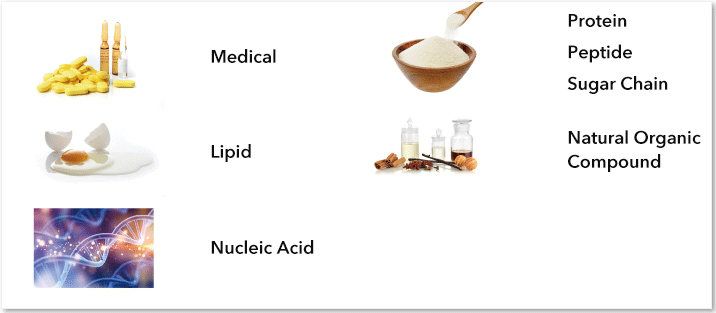
Mass Imaging
MALDI-TOFMS performs ionization by using focused lasers. Therefore, it scans the laser irradiation position, obtain the mass spectra sequentially, and visualizes the spatial distribution of ion intensity for the desired organic compound. This technology is called mass-imaging. The technique of mass imaging evolved in the analysis targeting of biochemistry samples including proteins, peptides, lipids in a tissue section and distribution analysis of drug kinetics. Recently, this mass imaging technology is expanding to include the application of polymer material analysis.
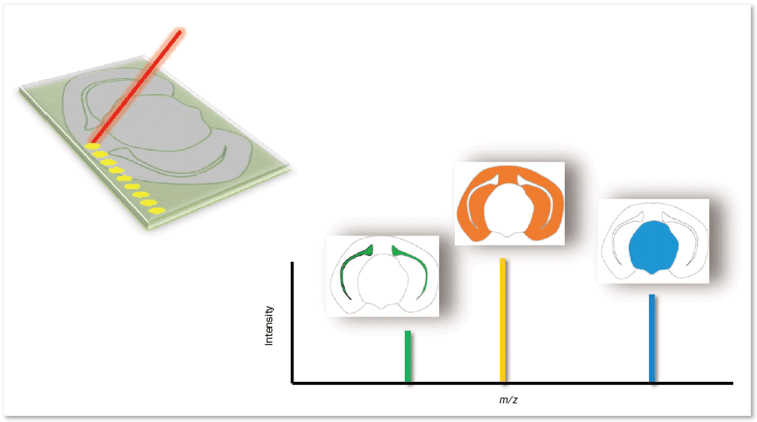
Kendrick Mass Defect Analysis
MALDI-TOFMS is a powerful tool for the analysis of synthetic polymers. It can be used to obtain polymer information such as monomer, end group, and the molecular weight distributions as well as additive information. However, it is not easy to manually extract the necessary information from a large quantity of peaks. It is the Kendrick Mass Defect (KMD) analysis that can dramatically streamline the work.
Kendrick Mass Defect(KMD)analysis is a technology that was proposed by Edward Kendrick in 1963 and still used in the petrochemistry field today. This method is to make the mass spectra into a two-dimensional plot (KMD plot) by using precise mass information obtained by a high resolution mass spectrometer. It makes it possible to classify the mass spectrum peaks of extremely complicated mixtures composed of hydrogen carbonate such as crude oil based on the unsaturation degree of hydrogen carbonate, and by whether a hetero element exists or not.
Recently, the principle of the KMD method has been used for analysis of high mass resolution mass spectra of synthetic polymer. When a KMD plot is created, the type, quantity of polymers in the complicated mass spectra can be visualized, without the need of assigning an individual mass spectrum peak.

◆Click the Play Button in the box above, and the movie starts (Approx. 4 minutes) ◆

